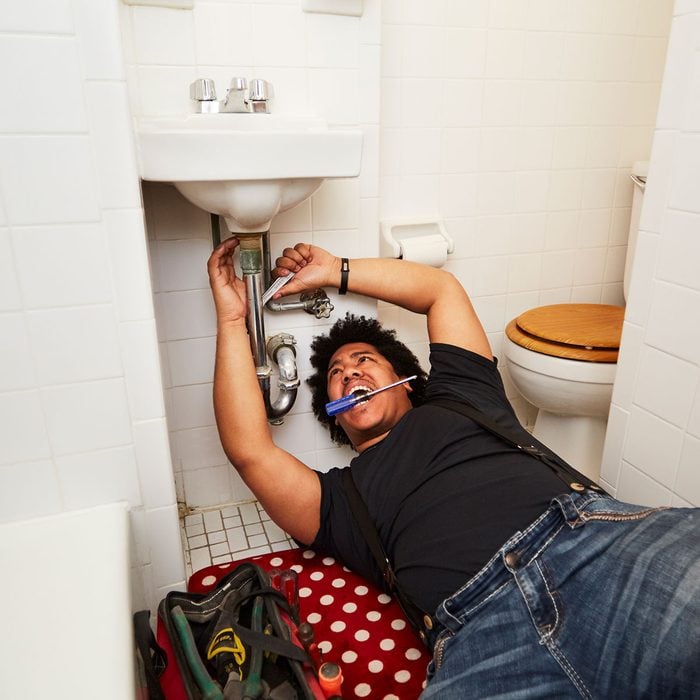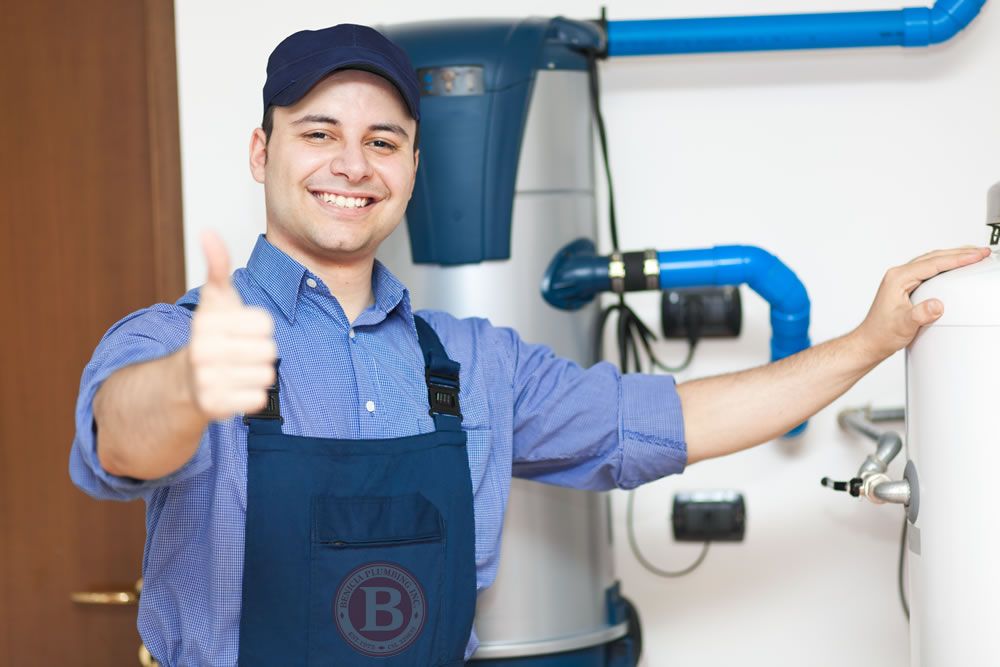Complete Plumbing Alabaster AL Solutions for Your Home
Complete Plumbing Alabaster AL Solutions for Your Home
Blog Article
A Detailed Overview to Effective Water Heating Unit Installation for Optimum Efficiency
Starting the task of mounting a water heating unit is an endeavor that demands accuracy and an organized method for achieving optimum efficiency. The process starts with the essential choice of picking the proper heater customized to the particular needs of your house, thinking about factors such as dimension, power, and type source. As soon as chosen, preparing the installment area to satisfy safety criteria is critical. The journey does not finish right here. As you proceed, the ins and outs of connecting water lines and setting up reliable electrical or gas links await, encouraging insights into making certain effectiveness and integrity.
Selecting the Right Hot Water Heater

Next, think about the dimension and ability of the hot water heater. It's important to evaluate your house's warm water needs, which can differ based on the number of owners and their use patterns. A system that's as well small might result in insufficient warm water, while a large design might lead to unneeded power consumption.
Efficiency scores likewise play a pivotal duty in choice. Search for water heating systems with high Power Variable (EF) scores, suggesting remarkable efficiency and minimized energy usage. Tankless versions, though normally extra pricey upfront, offer substantial energy savings over time as a result of their on-demand home heating capabilities.
Preparing the Installation Location
Prior to setting up a new water heater, meticulous prep work of the setup area is important. This guarantees a smooth installation procedure and assists avoid future complications (Plumbing Alabaster AL). Begin by selecting an ideal place that complies with neighborhood building regulations and safety and security requirements. The area needs to be dry, well-ventilated, and available for upkeep. It's important to measure the area thoroughly to suit the hot water heater's dimensions, making sure sufficient clearance around the system for efficient procedure and servicing.
Inspect the flooring for security, as the water heating unit will certainly need a solid, level surface to operate effectively. If necessary, install a drip frying pan beneath the unit to catch possible leakages or spills, protecting against water damages to the surrounding location.
In addition, make certain that all necessary devices and products get on hand prior to starting the installment. This consists of products such as wrenches, screwdrivers, a level, and any type of extra hardware required for mounting and safeguarding the heating system. A well-prepared installation location establishes the foundation for a successful hot water heater configuration, enhancing performance and safety and security.
Connecting Water Supply Lines
When attaching water lines to your recently installed water heater, it is vital to ensure that all links are leak-free and protected to maintain reliable operation and avoid water damages. Begin by recognizing the cool and hot supply of water lines. The cold water inlet is commonly marked with a blue tag or a "C", while the warm water outlet is noted with a red label or an "H".
Usage flexible water heating unit ports to promote an easier setup process. Prior to attaching the connectors, put a plumbing professional's tape around the threaded ends of the water heater's inlet and outlet pipes.
When connections remain in location, gradually activate the major water supply valve. Examine each connection for leaks by visually checking and feeling for moisture. Tighten connections as required, and guarantee the pressure relief valve is correctly installed, protecting against excessive pressure build-up.
Establishing Up Electric or Gas Links
Properly setting up the electric or gas links for your water heating unit is a critical action to make sure risk-free and effective operation. For electric hot water heater, begin by verifying that the electric circuit works with the heating unit's voltage and amperage demands. Guarantee the power supply is switched off at the circuit breaker to stop mishaps. Attach the electrical wires to the heater adhering to the supplier's electrical wiring layout. Generally, this involves connecting the ground cord to the visit the site eco-friendly terminal, and the continuing to be cables to their corresponding terminals, safeguarding each with cable nuts.
For gas water heating units, safety and security is extremely important. Connect the gas line to the water heating unit making use of a flexible gas port, guaranteeing it is effectively threaded and sealed with pipeline joint compound or Teflon tape appropriate for gas connections.
Once connections are made, check for any kind of potential leaks. For gas lines, apply a soapy water option to the joints; bubbles show a leak. For electrical connections, confirm that all electrical wiring is protected and effectively insulated, maintaining compliance with local electrical codes.
Checking and Readjusting for Efficiency
With the electrical and gas connections safely in position, the following action is examining the operational effectiveness of your water heating unit. Begin by carefully transforming on the water system and ensuring there are no leaks at any of the joints or shutoffs. When verified, proceed to load the container, taking notice of the stress and temperature level setups. It is a good idea to establish the thermostat to a suggested temperature of around 120 ° F(49 ° C) to balance energy performance and convenience.
Following, carry out a detailed assessment to make sure the heating components or burner are working correctly. For electrical heating units, utilize a multimeter to validate if the elements are attracting the proper present. In gas versions, observe the heater flame; it needs to be blue and consistent, showing effective combustion.
Change the settings as necessary to remove ineffectiveness. Consider applying insulation steps, such as including a hot water heater covering, to additionally enhance performance by minimizing warm loss. Additionally, examine the anode pole's condition, as a worn-out pole can minimize efficiency and result in storage tank deterioration.
Final Thought
Reliable hot water heater installation is vital for ensuring ideal efficiency and energy cost savings. By picking the suitable kind and dimension, and carefully preparing the setup location, a foundation for success is developed. Firmly connecting water system lines and meticulously setting that site up electrical or gas links decrease potential problems. Detailed screening for leaks and exact thermostat changes to 120 ° F enhance reliability and effectiveness. Complying with these actions advertises lasting capability and energy conservation in domestic water furnace.

Correctly setting up the electrical or gas connections for your water heating unit is a critical step to ensure risk-free and effective operation. For electric water heating units, begin by confirming that the electric circuit is compatible with the heating unit's voltage and amperage demands. Attach the gas line to the water heater utilizing a versatile gas port, ensuring it is correctly threaded and sealed with pipe joint substance or Teflon tape ideal for gas links.
Report this page